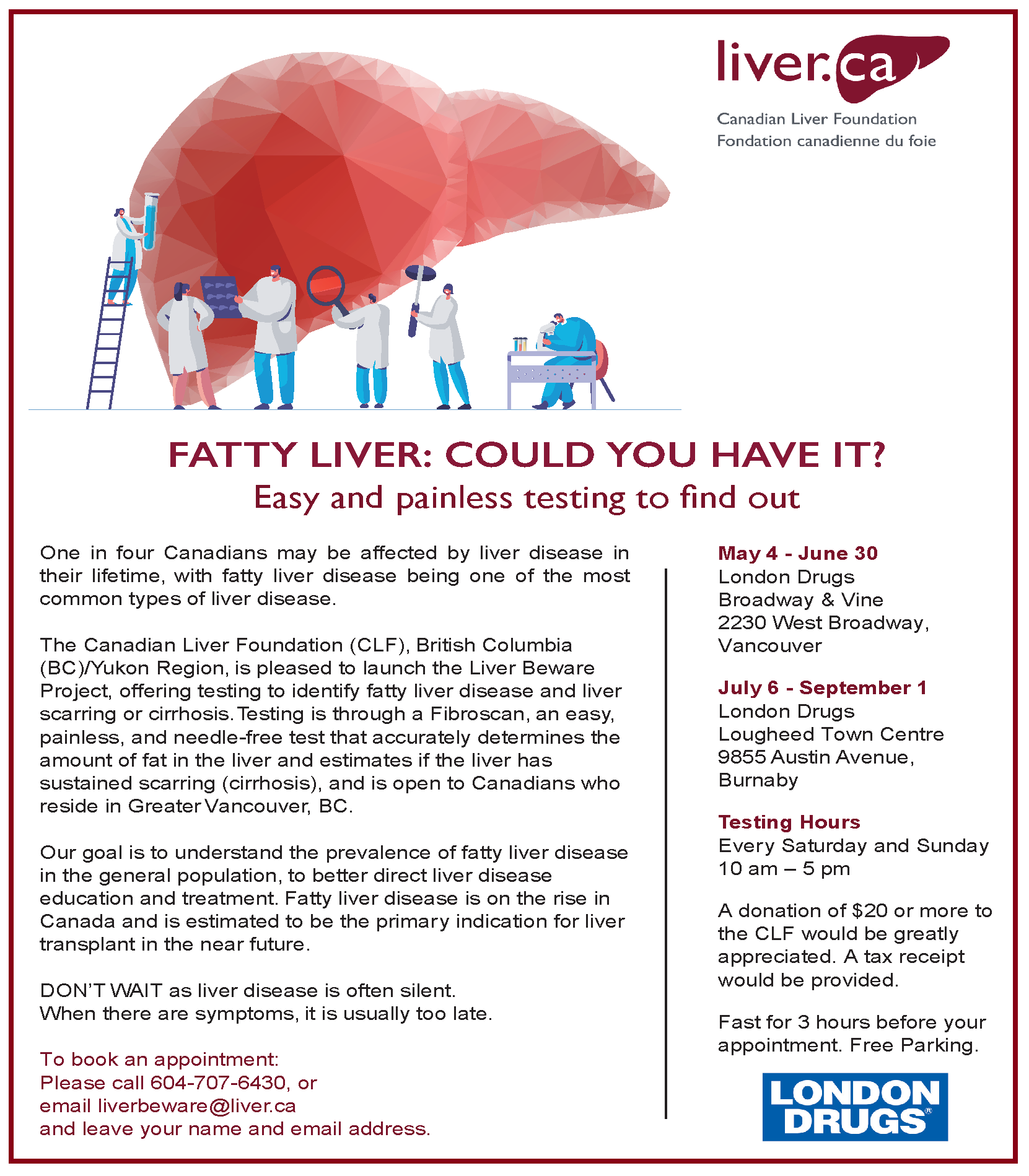 PICTURE this. You’re on your way home from work, waiting to turn left at a busy intersection. The vehicle in front of you decides to take advantage of a brief gap in the flow of oncoming traffic, but then suddenly swerves to avoid pedestrians in the crosswalk. You saw the pedestrians ahead of time and knew that would happen as soon as the driver decided to proceed with the left-hand turn. You also noticed that some of the pedestrians were caught by surprise while others seemed to have expected it.
PICTURE this. You’re on your way home from work, waiting to turn left at a busy intersection. The vehicle in front of you decides to take advantage of a brief gap in the flow of oncoming traffic, but then suddenly swerves to avoid pedestrians in the crosswalk. You saw the pedestrians ahead of time and knew that would happen as soon as the driver decided to proceed with the left-hand turn. You also noticed that some of the pedestrians were caught by surprise while others seemed to have expected it.
We’ve all likely seen similar close calls or perhaps experienced it as a driver or pedestrian. Yielding is something we do every time we drive – from the minute we leave home until we arrive at our destination – and yet many people don’t give it much thought. You might even think that failing to yield is harmless, but the reality is that it’s a high-risk driving behaviour that leads to crashes everyday on our roads.
Almost 60 per cent of all crashes in B.C. happen at intersections. That means on an average day, 226 crashes occur at intersections. According to police data, failing to yield is the second leading cause of crashes that result in injuries and fatalities on our roads.
It’s probably not surprising to learn that the majority of these crashes are preventable. That’s why ICBC’s current high-risk driving campaign aims to help educate drivers about avoiding these high-risk driving behaviours that put them at risk of crashing – especially failing to yield and making unsafe left-hand turns at intersections.
Determining when it’s safe to make a left-hand turn at an intersection is not always easy. As a driver, you must not only consider the speed of approaching vehicles including motorcyclists and cyclists, but also the time it will take you to complete the turn safely and for your vehicle to accelerate to the speed of traffic while also yielding to pedestrians in the crosswalk.
Have you ever panicked at an intersection when the light turns yellow while you’re still waiting to make a left-hand turn? You shouldn’t. You’re legally allowed to complete your turn if you’re already in the intersection. But make sure to watch for approaching vehicles – especially drivers trying to beat the red light.
If there’s ever any doubt about who has the right-of-way or if there is any chance of a crash, it’s always better to yield to the other person. Whether you’re a driver, cyclists or pedestrian, don’t count on others to obey the rules of the road or to make allowances for you.
As a pedestrian, are you watching your surroundings when you’re waiting at a crosswalk? How about when you’re crossing a driveway or parking lot entrance? You should always be looking for vehicles turning and not assume a driver has seen you. If you have children with you, take the opportunity to point out the things they should be watching for too.
Yielding is not only about understanding and following the rules of the road, but also about watching out for each other and paying close attention to what’s happening around you so you have time to react to the unexpected, whether you’re a driver, cyclist or pedestrian.
To learn more about high-risk driving including tips to keep you and your family safe and videos about yielding and intersection safety, visit icbc.com.
BY HARVEY KOONER
ICBC Road Safety Coordinator











